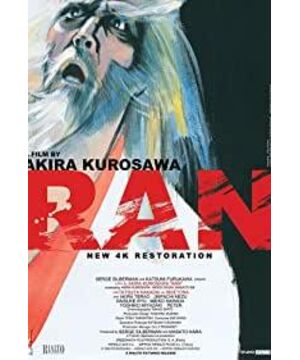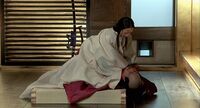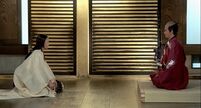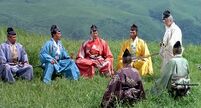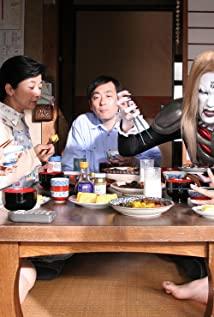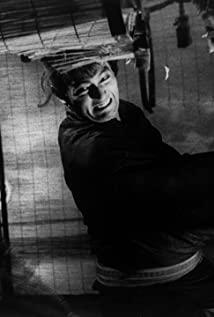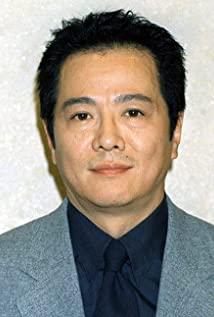Ran evaluation action
2021-11-20 08:01
The story of "Chaos" is derived from the drama of Shakespeare's "King Lear" and the story of the Japanese military commander Motoori Mori during the Warring States Period. The film’s discussion and expression of human life is accomplished through grand and cohesive scenes. Kurosawa uses many large scenes and long shots to let the world’s disputes, the disintegration of people’s hearts, and the unknowability of personal fate, staring at the camera. Slowly passing by, those fixed long shots, like a pair of old and wise eyes, carefully and subtly reveal the world's feelings and hearts in the smoke of history. In this film, the characters no longer occupy the absolute central position, and the scene becomes the first ideographic symbol. Characters are just one of the language elements that connect scenes and scenes or make up scenes. In the "movement" where scenes and scenes alternate, the audience sees and feels the changes and vicissitudes of the world. History is a movie scene, big and small, change and disappearance are destined.
The film applies the techniques of blanking in oriental art paintings to the filming of the film. Blanking refers to leaving a large blank on the screen to draw the characters in a limited area. The director used mountains and grasslands in the film to replace the blanks in the painting, and the characters are placed in a small space in the screen. The smallness of the characters is in sharp contrast with the majesty and majesty of nature. This composition method can not only establish the epic of the film. The style can also create the effect of stage play. The director combines film technology with the charm of traditional stage play. It is the effect of killing two birds with one stone.
Although "Chaos" is an out-and-out tragedy, the color tone is bright and bright. The picture is full of various colorful colors for most of the time, and the contrast of the various colors is also very strong. The use of these colors, Da Lang’s yellow, Erlang’s red, Saburo’s sky blue, and the last lady’s white, not only highlights the character’s own personality, but also enhances the visual effect of the film. In addition, the blue sky, The grass, the dark castle, the soldiers in different colors of armor, and the flexible use of multiple colors created the strong visual effects of the film, making the film a vivid picture of the history of the Warring States period in Japan, and its temperament is exhaustive.
Although Kurosawa was almost blind when he directed this work, the whole film is still magnificent and amazing. The plot of "King Lear" looks so magnificent and poignant in the oriental context. Director Kurosawa once again contributed a real work.
Extended Reading
-
Saburo Naotora Ichimonji: Does a traitor betray himself?
-
Kyoami: The failed mind sees the heart's failings...


